#hunter gatherer
Text
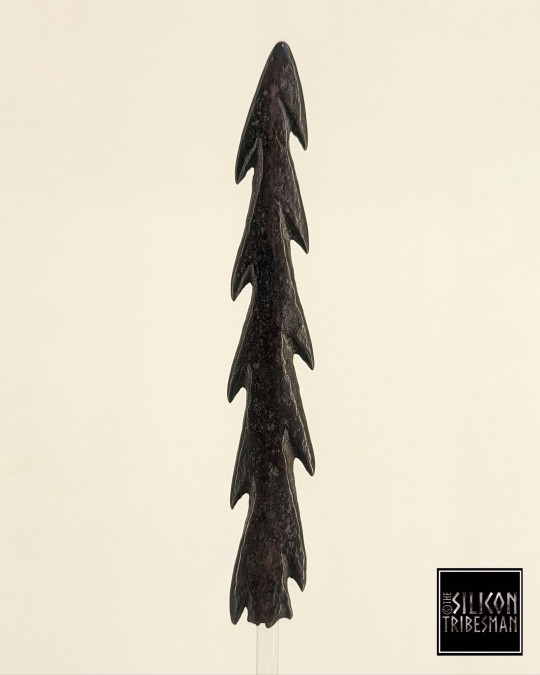
Mesolithic Harpoon Head, 4500 BCE, Stewartry Museum, Kirkcudbright, Dumfries and Galloway, Scotland
This is a 6500 year old harpoon made from a Red Deer antler and found in the River Dee. It is of a similar type of harpoon to those found in Mesolithic caves or rock shelters near Oban. This piece has been carbon dated to around 4500 BCE.
#ice age#stone age#bronze age#copper age#iron age#prehistoric#neolithic#prehistory#mesolithic#paleolithic#chalcolithic#ancient cultures#hunter gatherer#harpoon#antler#natural#ancient craft#relics#settlement#archaeology#Kirkcudbright#stewartry museum
341 notes
·
View notes
Text
Is this "the first human-made textbook"?
Huge drawings of touchable animal tracks would be an ideal teaching tool for young hunters & trackers. These rock carvings in Namibia are hard to date, but the paper estimates they are at least 5000 to 7000 years old.
The authors of the paper sought out the assistance of local hunter and trackers to better identify the animals represented in the rock art. The range of species identified and the specificity of the depicted species was remarkable, showing the detail and depth of human knowledge of the natural world even thousands of years ago. (The trackers could tell the age and sex of many of the animals represented by the prints.)

Some of the carvings are in a narrow crevice, almost like it was a "test" where the student could move through the prints identifying them by touch. (that's just my guess for how they used it, the authors of the paper are more circumspect in their ideas about what this was for)
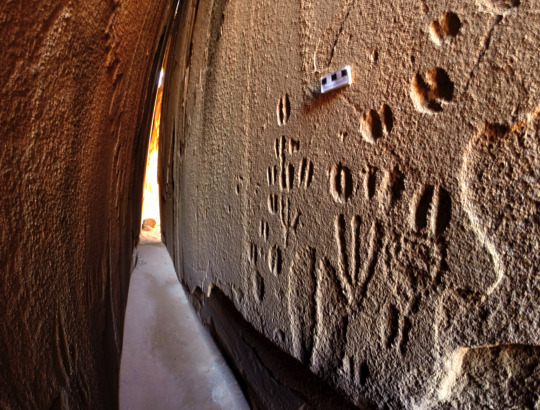
Some of the prints are from animals who no longer live in the region, possibly pushing the age of the site deeper into the past.



#rock art#early humans#Namibia#tracking#animal footprints#hunter gatherer#Doro!#footprints#human footprint#hooves#bushcraft#cave art#cave paintings#prehistoric#prehistory#teaching#education#learning#history#anthropology
143 notes
·
View notes
Text
The oft-used description of early humans as “hunter-gatherers” should be changed to “gatherer-hunters,” at least in the Andes of South America, according to groundbreaking research led by a University of Wyoming archaeologist.
Archaeologists long thought that early human diets were meat-based. However, Assistant Professor Randy Haas’ analysis of the remains of 24 individuals from the Wilamaya Patjxa and Soro Mik'aya Patjxa burial sites in Peru shows that early human diets in the Andes Mountains were composed of 80 percent plant matter and 20 percent meat.
The study, titled Stable isotope chemistry reveals plant-dominant diet among early foragers on the Andean Altiplano, has been published by the peer-reviewed journal PLOS ONE. It applies methods in isotope chemistry and statistical modeling to unveil a surprising twist in early Andean societies and traditional hunter-gatherer narratives.
“Conventional wisdom holds that early human economies focused on hunting -- an idea that has led to a number of high-protein dietary fads, such as the Paleodiet,” Haas says. “Our analysis shows that the diets were composed of 80 percent plant matter and 20 percent meat.”
For these early humans of the Andes, spanning from 9,000 to 6,500 years ago, there is indeed evidence that hunting of large mammals provided some of their diets. But the new analysis of the isotopic composition of the human bones shows that plant foods made up the majority of individual diets, with meat playing a secondary role.
Additionally, burnt plant remains from the sites and distinct dental-wear patterns on the individuals’ upper incisors indicate that tubers -- or plants that grow underground, such as potatoes -- likely were the most prominent subsistence resource.
“Our combination of isotope chemistry, paleoethnobotanical and zooarchaeological methods offers the clearest and most accurate picture of early Andean diets to date,” Haas says. “These findings update our understanding of earliest forager economies and the pathway to agricultural economies in the Andean Highlands.”
98 notes
·
View notes
Text


Hunter gathers edit
65 notes
·
View notes
Text
Did the hunter gatherers of Patagonia befriend foxes? Evidence from Argentina suggests the (now extinct) Dusicyon avus was domesticated as an animal companion, with one found buried alongside their person.
34 notes
·
View notes
Text

This one was inspired by the song “Child” from their Hunter Gatherer album.
#art#digital illustration#digital art#drawing#illustration#dark art#fanart#johannes eckerström#avatar band#avatar metal#clown#metal fanart#hunter gatherer#swedish man#avatar country#halloween#spooky season
69 notes
·
View notes
Text
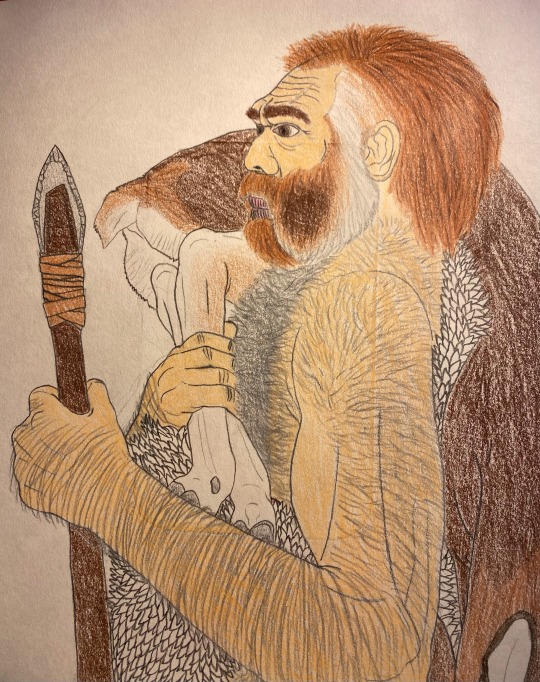
Here’s my illustration of a Neanderthal man carrying a deer that he just hunted in what is now France! Although the upper body of Neanderthals was very similar to that of modern humans, there are some subtle but distinctive differences between their skeletons. The collarbone of Neanderthals is very long, the chest is generally larger and deeper, and the rib cage is slightly flared at the base. The strong arms show marked muscle attachment sites, and the Neanderthal forearm is relatively short. The fingers are short, but the fingertips are broad. The scapula (shoulder blade) is wide from side to side, and Neanderthals most likely had a powerful upper arm swing.
#paleoanthropology#paleoart#pleistocene#neanderthal#homo neanderthalensis#early humans#hominins#hominids#human evolution#paleolithic#hunter gatherer
31 notes
·
View notes
Text

#mushrooms#fungifanatic#fungi#forest#forest cottage#cottagecore#lightcore#hunter gatherer#plant photography#greenhouse#aesthetic
147 notes
·
View notes
Text
she huntin and gatherin on my stone tool till I make 1-2% of future Homo Sapiens in Eurasia have Neanderthal DNA
51 notes
·
View notes
Text
A really interesting read about a vital topic, gender and gender roles, through an anthropological lens.
"Though [activity of traditional hunger-gatherer groups] doesn’t give us a complete picture of how men and women structured their societies in the prehistoric past, it does make clear that there have never been strictly defined roles for the different sexes across time, geography and civilization. What we do with that information now and in the future is up to us."
#gender#gender roles#anthropology#politics#us politics#progressive#feminist#feminism#equality#hunter gatherer#transgender#nonbinary
45 notes
·
View notes
Text
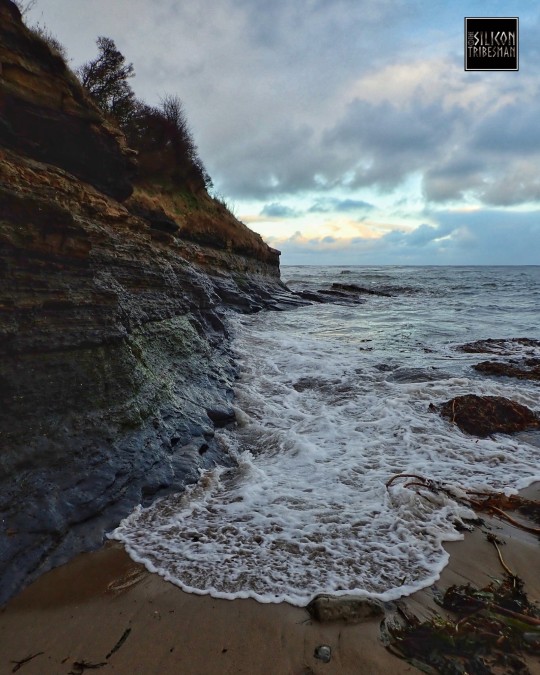




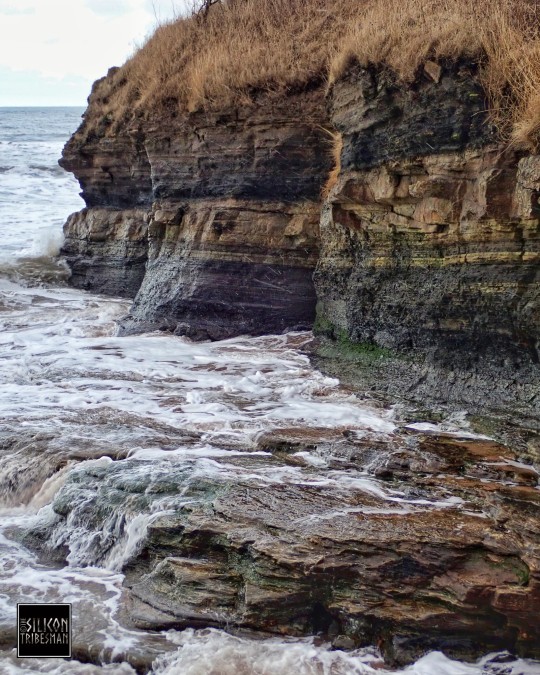
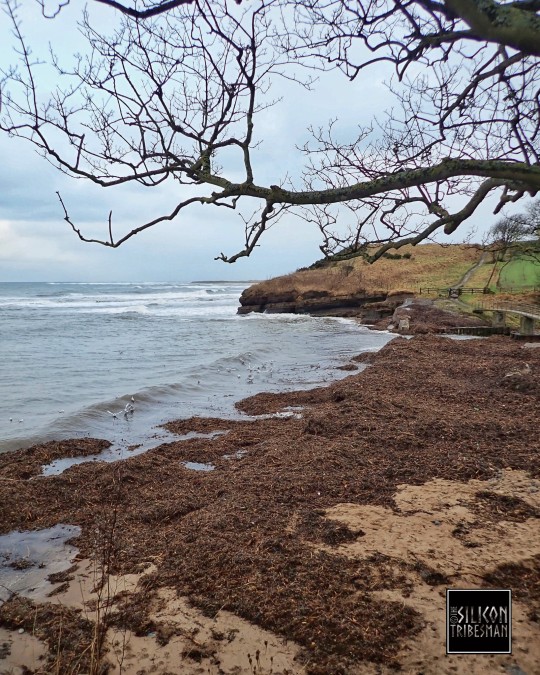

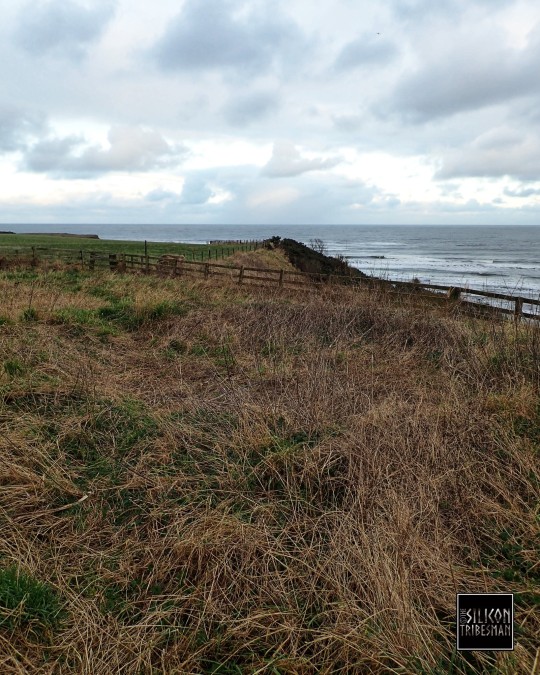
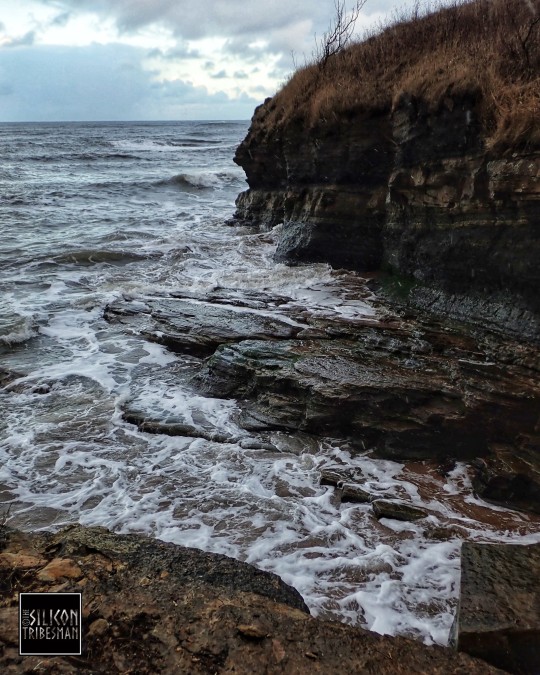
Howick Mesolithic House Site and Coastline, 7600BCE, Alnwick, Northumberland
A first visit for me and a journey I have been wanting to make for a long while. This site is dated as one of the oldest residences in the UK. The earthworks pictured in the final few images are the remains of a recent reconstruction of the shelter from the post holes and hearth evidence found.
#ice age#stone age#bronze age#copper age#iron age#mesolithic#calcholithic#paleolithic#neolithic#prehistoric#prehistory#shelter#hunter gatherer#archaeology#flintwork#hearth#post holes#landscape#coastline#ancient living#ancient sites#Northumberland
101 notes
·
View notes
Text
New study shows that women have been, and are, hunters too.
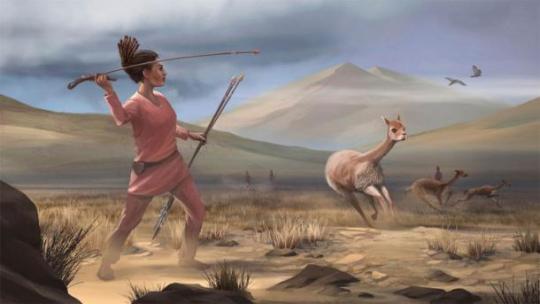
Science have been used actively to uphold gender stereotypes and gender roles. One narrative that has served this purpose is that in hunter-gatherer societies men hunt and women gather. This division of labor has been seen as inborn and natural, and has therefore been used to defend a society where men work outside the home and women take care of the kids.
NPR writes:
Until now, the general sense among scientists has been that [the accounts of hunter gatherer societies] overwhelmingly pointed to men mainly hunting and women mainly gathering, with only occasional exceptions, says Robert Kelly, professor of anthropology at the University of Wyoming and the author of influential books and articles on hunter-gatherer societies.
But Kelly says that the views he and others held of the typical gender divisions around hunting were based on anecdotal impressions of the reports they'd been reading, combined with the field work many had engaged in personally. "No one," says Kelly, had done a systematic "tally" of what the observational reports said about women hunting.
Enter the researchers behind the new study: a team from University of Washington and Seattle Pacific University. "We decided to see what was actually out there" on hunting, says the lead researcher Cara Wall-Scheffler, a biological anthropologist.
Wall-Scheffler notes "our goal was to go back to the original ethnographic reports of those populations and see what had actually been written about the hunting strategies."
Their findings — published in the journal PLOS One this week — is that in 79% of the societies for which there is data, women were hunting.

An Awá woman holds hunting bows and arrows in Brazil’s Caru Indigenous Territory in 2017. Photo: Scott Wallace.
The researchers write:
Evidence from the past one hundred years supports archaeological finds from the Holocene that women from a broad range of cultures intentionally hunt for subsistence. These results aim to shift the male-hunter female-gatherer paradigm to account for the significant role females have in hunting, thus dramatically shifting stereotypes of labor, as well as mobility.
To be fair, a lot of researchers have questioned these stereotypes before. The main culprits have been researchers from a field called “evolutionary psychology”, a discipline notorious for its development of pseudo-scientific theories aimed at reinforcing gender roles.
However, the narrative has spread to text books and popularized versions in the media. It fits the prejudices of many and is therefore considered good content by many editors.
"I think that next to the myth that God made a woman from man's rib to be his helper, the myth that man is the hunter and woman is the gatherer is probably the second most enduring myth that naturalizes the inferiority of women," says Kimberly Hamlin, a professor of history at Miami University in Oxford, Ohio.
It has fueled the idea, she says, that "men are supposed to be violent, they're supposed to be aggressive – one of the core elements in the soup of toxic masculinity."
Read the whole article here.
See also:
The Myth of Man the Hunter: Women’s contribution to the hunt across ethnographic contexts
Shattering the myth of men as hunters and women as gatherers
Do animals have genders? Are there transgender animals? A scientist find some clues among chimpanzees.
Top illustration: Artists depiction of female hunter 9,000 years ago in ancient Peru. Source: Matthew Verdolivo / UC Davis IET Academic Technology Services
#gender#gender roles#bad science#hunter gatherer#queer#transgender#gender variance#gender nonconforming#lgbt#science#sexism#toxic masculinity
85 notes
·
View notes
Text
Ok... real talk... why is Stonehenge held up as the measuring stick for old things when Newgrange predates it by 1,000 years?
Newgrange also predates the Great Pyramids by 500 years...
just saying...
74 notes
·
View notes
Text
Okay this is a really smart article and I learned so much, but this passage was particularly nice to run into:
"Before getting into the evidence, we need to first talk about sex and gender. “Sex” typically refers to biological sex, which can be defined by myriad characteristics such as chromosomes, hormone levels, gonads, external genitalia and secondary sex characteristics. The terms “female” and “male” are often used in relation to biological sex. “Gender” refers to how an individual identifies—woman, man, nonbinary, and so forth. Much of the scientific literature confuses and conflates female/male and woman/man terminology without providing definitions to clarify what it is referring to and why those terms were chosen. For the purpose of describing anatomical and physiological evidence, most of the literature uses “female” and “male,” so we use those words here when discussing the results of such studies. For ethnographic and archaeological evidence, we are attempting to reconstruct social roles, for which the terms “woman” and “man” are usually used. Unfortunately, both these word sets assume a binary, which does not exist biologically, psychologically or socially. Sex and gender both exist as a spectrum, but when citing the work of others, it is difficult to add that nuance."
13 notes
·
View notes
Text
For much of scientific history, Neanderthals were viewed as inferior to modern humans. The truth, however, is that in some respects they were actually superior to us.
21 notes
·
View notes
Text


Hunter gathers edit part 2
19 notes
·
View notes